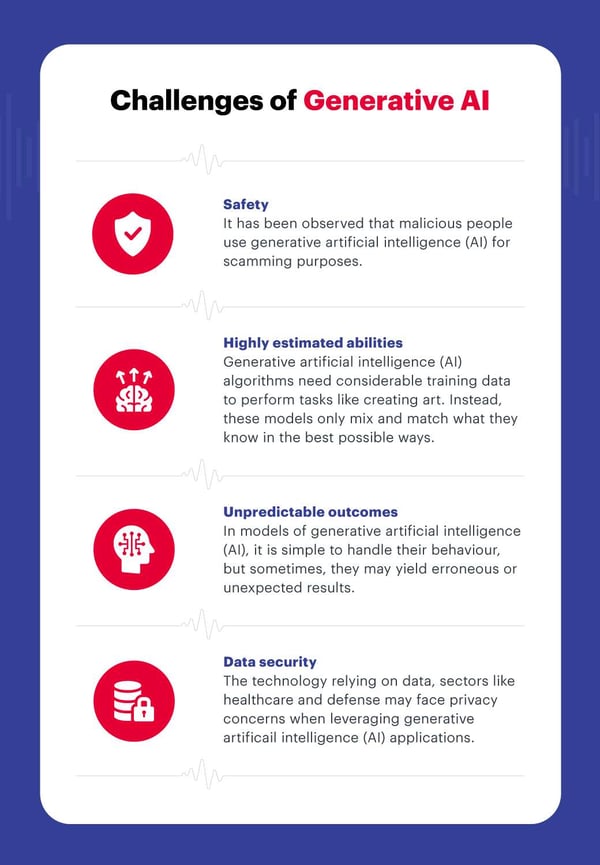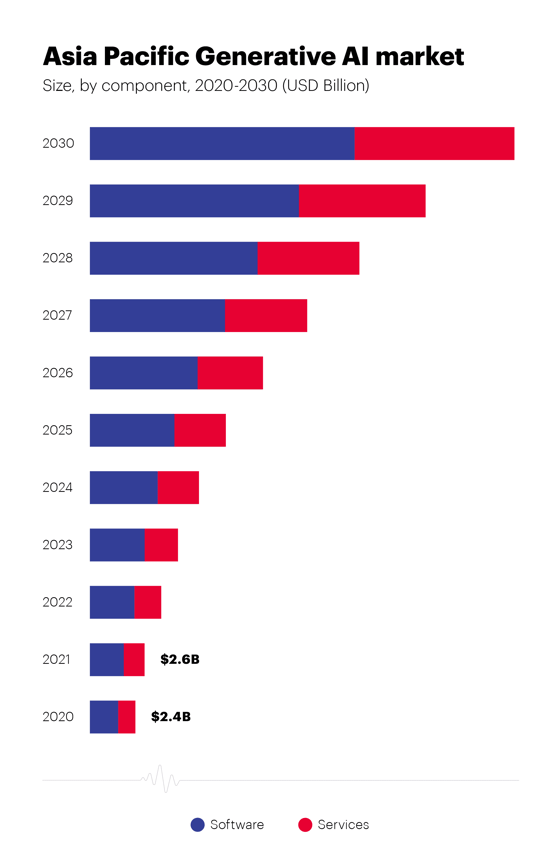About two decades ago I had a front-row seat for the birth of a cutting-edge technology that was going to transform the world. Speech recognition was in its infancy and I had the pleasure of working for a company that was at the forefront of developing and supporting speech-related computer software. Specifically, the firm was the first to develop a solution that offered a human-sounding voice that not only asked callers questions they could verbally answer but allowed them to interrupt the software before it finished reciting options.
A lot of years have passed since then but I’ve never forgotten the thrill of those days. We all knew speech technology was going to deliver huge benefits to businesses and, specifically, drive down costs of contact centres. That’s the thing about a new technology – the early days are all about its potential and it is hard not to get swept away by the excitement even though everyone knows there are still challenges to overcome.
I’m reminded of those days because the past few months have seen endless hype about another technology that is set to revolutionise the world. Generative AI has made the leap from tech sector talk to mainstream conversation, much of it driven by the explosion of interest in OpenAI’s ChatGPT1. Having clocked up 100 million monthly active users within two months of its launch2 and done so faster than both TikTok (nine months) and Instagram (two and a half years)3, it was officially the fastest-growing app of all-time4 until recently being usurped by Meta’s Threads.
Amid all the hyperbolic headlines about generative AI though, it is important to remember we are still very much in what I call ‘the excitement phase’. Like speech recognition software two decades ago, we are yet to hit proper disillusionment but technology companies such as ours are very much focused on fine-tuning the practical applications of the technology.

Source: Generative AI PowerPoint Template - PPT Slides (sketchbubble.com)
Tech firms tackling concerns
Across an industry that thrives on innovation, the most common thought about generative AI relates to its evolution.
Difficult to control
- we are all trying to figure out how to take this technology that is clearly powerful and give it guardrails5 to maximise its potential for our clients in the contact centre space, rather than cause them unwelcome headaches. The feedback we’re receiving is that the technology is very difficult to control at present and contact centre users are not getting a consistent response or, worse, receiving one that is unfavourable for the organisation as it can only train it against a certain set of data.
Different approaches
- as for how to tackle such concerns, each of the different players is taking a slightly different tack. One organisation is looking at using vectorisation to figure out intent and reduce the effort in maintaining a corpus of intent for curated responses. Another is looking at deploying generative AI to assist contact centre agents, with human intelligence able to override what the technology is saying rather than automatically answering customer questions.
Supporting design
- from our perspective at Convai, we are looking at ways generative AI can help support design when we are building out a speech bot or natural language IVR. It is all about studying similar patterns and seeing if we can use it for clustering – that is, identifying intents we have never seen before so we do not need to apply the intent.
Untapped potential
For all my concerns about the technology being difficult to control, there is untapped potential for generative AI to impact the contact centre space. Back in my speech recognition software days, it would take up to six months to build a custom speech-to-text voice application. This would involve hosting a voice talent in a studio who would read multiple scripts and our experts would build a speech-to-text engine around it. With generative AI tools, we are now seeing that process completed in minutes.
This means there is massive potential for creating custom voices for businesses in the contact centre space. I was recently talking with one of our major retail clients and they are considering turning off call recording in their contact centre platform. The concern is that someone could record one of their executive’s voices and then use generative AI to manipulate a voice that sounds exactly like them to use for contact centre identification and social engineering in other aspects of the business.

Source: Generative AI Market Size & Growth Analysis [2023 Report] (grandviewresearch.com)
Deploy with care
If you haven’t guessed already, we are treading carefully in the use of generative AI at Convai. I hear a lot of people say they are deploying the technology in their businesses because it’s the answer to all their problems but they are somewhat naïve in their expectations. There is a reason so many companies in the industry agree it is difficult to control and are putting in intermediary steps to provide it with those all-important guardrails.
That said, we are also not a negative voice in the market. Our message is not to never deploy generative AI but rather to deploy it with care. To harness the full power of generative AI in contact centres, businesses must seriously consider its potential limitations, be they data privacy concerns or biases, and take necessary steps to ensure seamless integration with existing systems.
As for how to do that, a key step is to partner with a responsible tech partner. A lot has been written about the power of generative AI in recent months but never underestimate the knowledge and insights that can be gained from people who are heavily invested in not just the here and now but have been down paths like this before.
Staying ahead of cyber criminals is no easy task. Learn why customer authentication has become one of the highest priorities for businessesand the people they serve.
About the Author
Brendan Crawford is a driver in the delivery of technical CX solutions, with a strong focus on customer experience, leadership and engagement. Highly experienced in sales engineering and consulting, he has more than 20 years’ experience in speech recognition and IVR technology including delivering the first speech recognition system to capture full Australian residential addresses and helping develop Australia’s first open dialogue call steering solution.
References
1. OpenAI
2. ChatGPT reaches 100 million users two months after launch | Chatbots | The Guardian
3. ChatGPT sets record for fastest-growing user base - analyst note | Reuters
4. ChatGPT just became the fastest-growing 'app' of all time | ZDNET
5. Generative AI Pilots Have Companies Reaching for the Guardrails - WSJ







